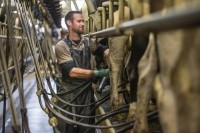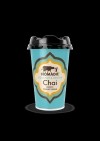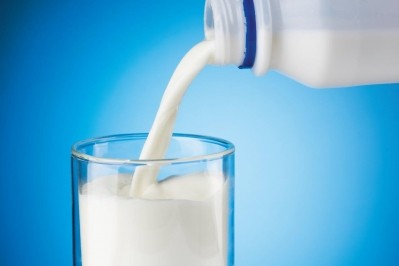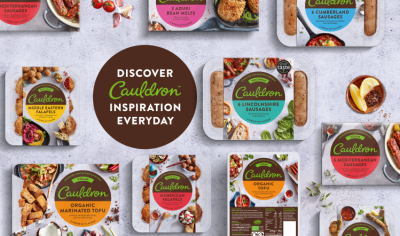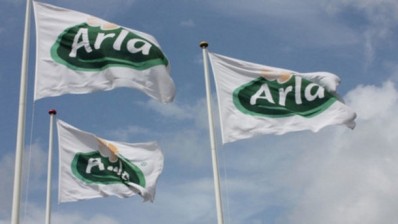FEATURE
Dairy innovation: how product makers can steal back the share
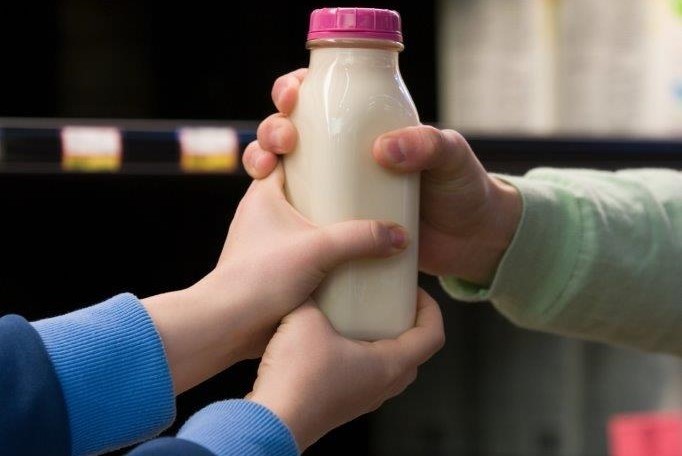
- Consumers are happy to switch proteins
- Current milk and dairy volumes
- Staking a claim in the plant-based market
- The need to promote the health benefits of dairy
- The potential of fermented dairy products
Just a decade ago, less than 1% of product introductions in Europe were labelled as vegan, according to Mintel’s Global New Products Database. Fast forward 10 years, and this figure has leapt to 7%, as a growing number of consumers embrace plant-based eating on the grounds of personal health, animal welfare and the environment.
The rise of plant-based foods is also evident in the dairy category, with Mintel reporting that 9% of yogurts launched in Europe last year were free from dairy ingredients.
With its hipster cachet and anti-food-industry undertones, the vegan trend can be seen as a potential threat to dairy producers. But what does the sector need to do to avoid losing further market share?
Dairy ingredients suppliers prefer to see the rise of veganism as a ‘challenge’, rather than a threat. “While plant-based and vegan foods do present a challenge for the dairy industry, the market share is still very small,” says Svitlana Binns, customer relationship manager at Dairygold Food Ingredients UK.
Despite dismissing it as a threat, Arla Foods Ingredients (AFI) admits that the rise of veganism is on its radar.
“We don’t think it poses a threat – will people stop consuming dairy beverages? No,” claims Jordan Donohue, business development manager for sports nutrition and health foods at AFI. “But we do think there is potential to lose market share, particularly in regions like west coast US, which is experiencing a sharp uptake in plant-based products.”
Consumers are happy to switch proteins (return to top)
However, dairy alternatives are not just driven by vegan consumers – who represent a small part of the population – but by flexitarians who wish to reduce animal products in their diet, says Vincent Mathys, dairy strategic marketing manager for Europe, the Middle East and Africa at DuPont Nutrition & Health.
“Those consumers are seeking diversity in their eating habits and will switch from one source of protein to the other, looking for innovative and good-tasting products,” he argues.
This is significant as it suggests traditional and plant-based ‘dairy’ can co-exist in consumers’ diets and are not mutually exclusive.
“Consumers are not ‘all or nothing’,” says David Faulkner, associate director for food and drink at Mintel. “Most of them add plant-based dairy to their repertoire without leaving the dairy category.
“Consumers’ openness to and appetite for new tastes encourages them to try plant-based dairy. Health and ethical considerations come next. As the novelty of plant-based dairy wears off, health and ethics will weigh more in consumers’ decision-making process.”
Current milk and dairy volumes (return to top)
Some in the dairy industry are unconcerned about the potential implications of the rise in plant-based dairy. James Millward, managing director of Eurilait, a French dairy supplier, rejects any evidence of a shift away from dairy.
“Volumes of milk and dairy products are at an all-time high, with the price of butter rising to record levels, as now we find it’s ‘ok’ to eat butter again,” he says. “Consumption is rising and there is room for veganism, although it represents a tiny proportion of the market so I really don’t see it as a threat.”
But given the growth of non-dairy alternatives, it’s clear that the challenge should not be underestimated. So what can dairy brand owners and ingredients suppliers do to turn the threat into an opportunity?
Staking a claim in the plant-based market (return to top)
Certain brand owners are taking the ‘if you can’t beat ’em, join ’em’ approach, with major players like Danone and Valio staking claims in the plant-based dairy space. Ironically, dairy operators are best-placed to harness the dairy-free opportunity as they have a market and process knowledge advantage over those entering from outside the category.
Mozzarella producer Dairy Partners has created ‘Veganarella’ vegan cheeses and says it has drawn on its dairy experience to ensure these cheeses “are as close to the dairy option as possible”.
“We will always specialise in dairy products, but our experience allows us to innovate and produce alternatives,” says Dairy Partners director Will Bennett.
For those operators who choose to stick to true dairy, the key to success lies in capitalising on its inherent health advantage.
The need to promote the health benefits of dairy (return to top)
“In an increasingly health-conscious society, the brands due to see the strongest success are those that showcase the health benefits of dairy produce,” predicts Sarah Turner, managing director of Carter Wong, a design agency that has worked with names like Nomadic and Dairy Crest.
“Whether celebrating protein and calcium content to support bone development in children, or gut-friendly products such as fermented drinks and yogurts like kefirs, product innovation that appeals to a more informed and health-motivated consumer will help maintain market share in the long run,” she says.
While dairy has a powerful health story, telling this story is an area where it falls short of the more “aggressive” plant-based dairy industry, according to AFI. “The dairy industry needs to stop relying on its heritage and the fact that everyone in the western world has grown up on dairy, and shout about the taste and nutritional profile of its products”, says Donohue.
“The plant-based industry is far more aggressive in its self-promotion. They tell a convincing story about plant-based dairy being natural and unprocessed, but the story they aren’t telling is that of protein quality.
“Dairy proteins are superior for bone health and muscle-building because most plant proteins don’t have a complete amino acid profile.”
Binns at Dairygold agrees the dairy industry could do more to counter the marketing tactics employed by its plant-based rivals. She claims the ‘sales pitch’ for vegan products tends to focus “heavily on highlighting the perceived cruelty and unsustainability of milk collection, rather than promoting the health-giving properties of milk and dairy alternatives”.
“To combat this, we need to promote the health benefits of milk and milk-derived products to prevent a migration by consumers who may not fully comprehend the choice in front of them,” she says.
The potential of fermented dairy products (return to top)
Fermented dairy products could represent an even more compelling proposition in the face of growing plant-based competition, suggests Chr Hansen global marketing manager Lasse Vigel Jørgensen.
“The health profile of dairy products is positive and that of fermented dairy products is even better. Dairy companies can leverage this by innovating and positioning their products towards healthy living.”
Jørgensen reckons a “winning strategy” for producers of fermented dairy could be to communicate clearly about the “good stuff” in their products, such as protein, calcium, good bacteria and vitamins. These producers can also use Chr Hansen’s Nola Fit enzyme to reduce the sugar content of their dairy products.
Regardless of whether food makers wish to embrace all things vegan or not, it is clear that the movement has built up unavoidable momentum. Therefore, the dairy sector will not only need to adapt to the new reality but also milk the opportunities it presents.
